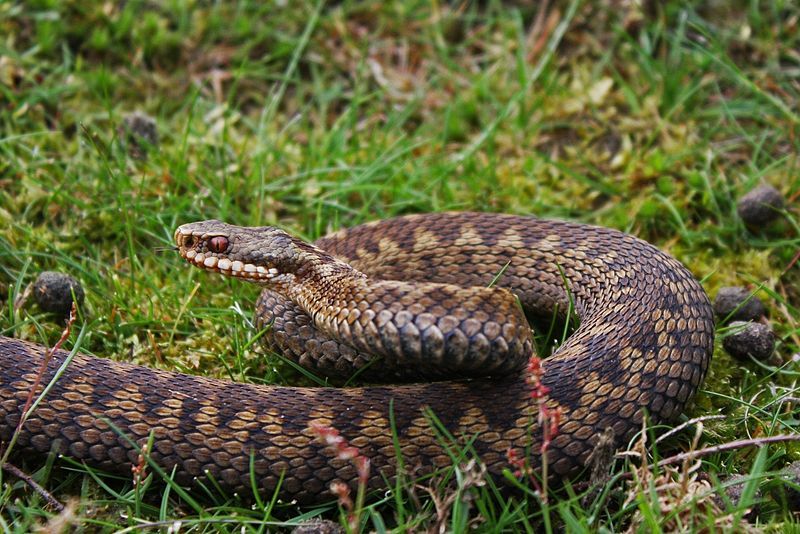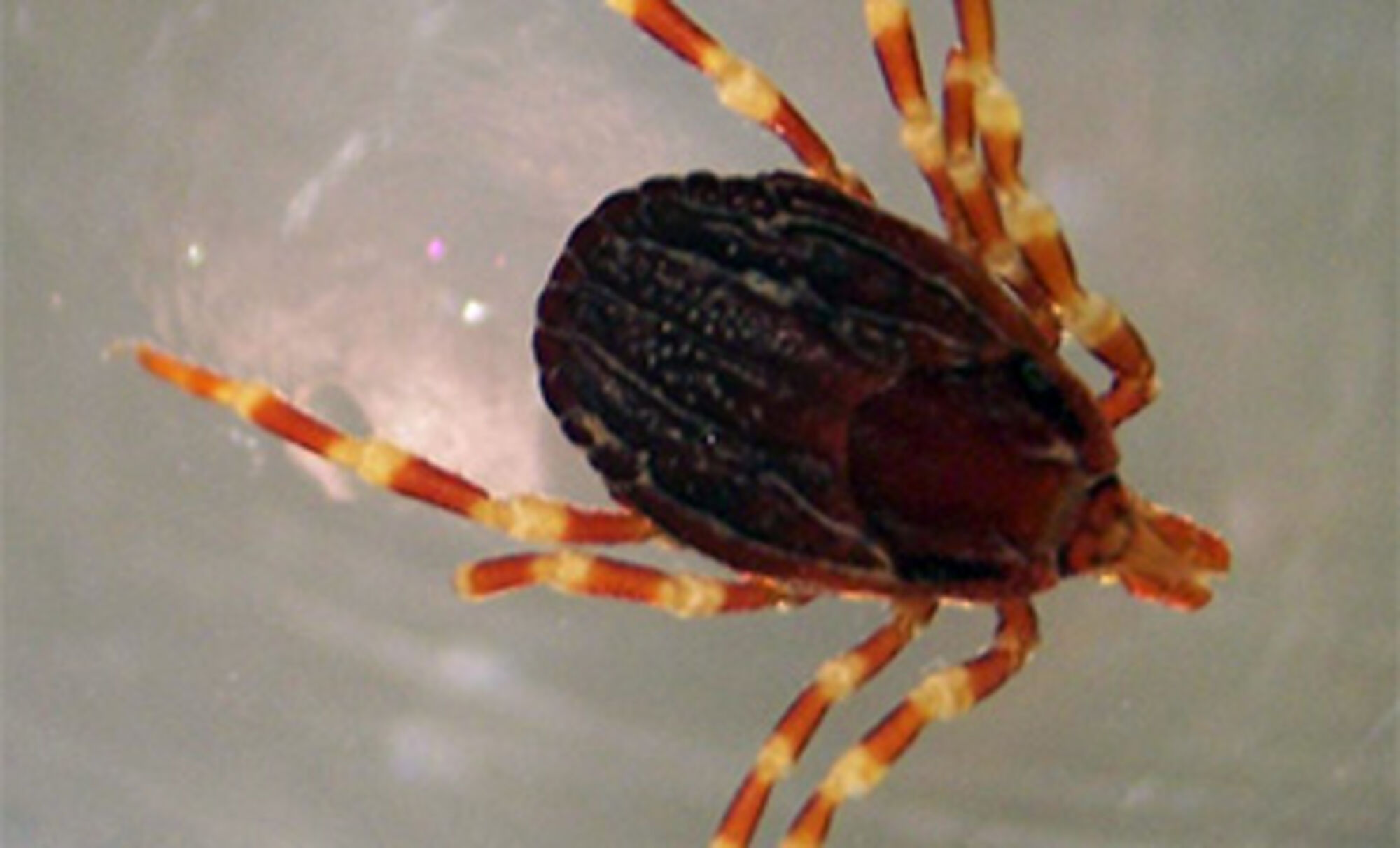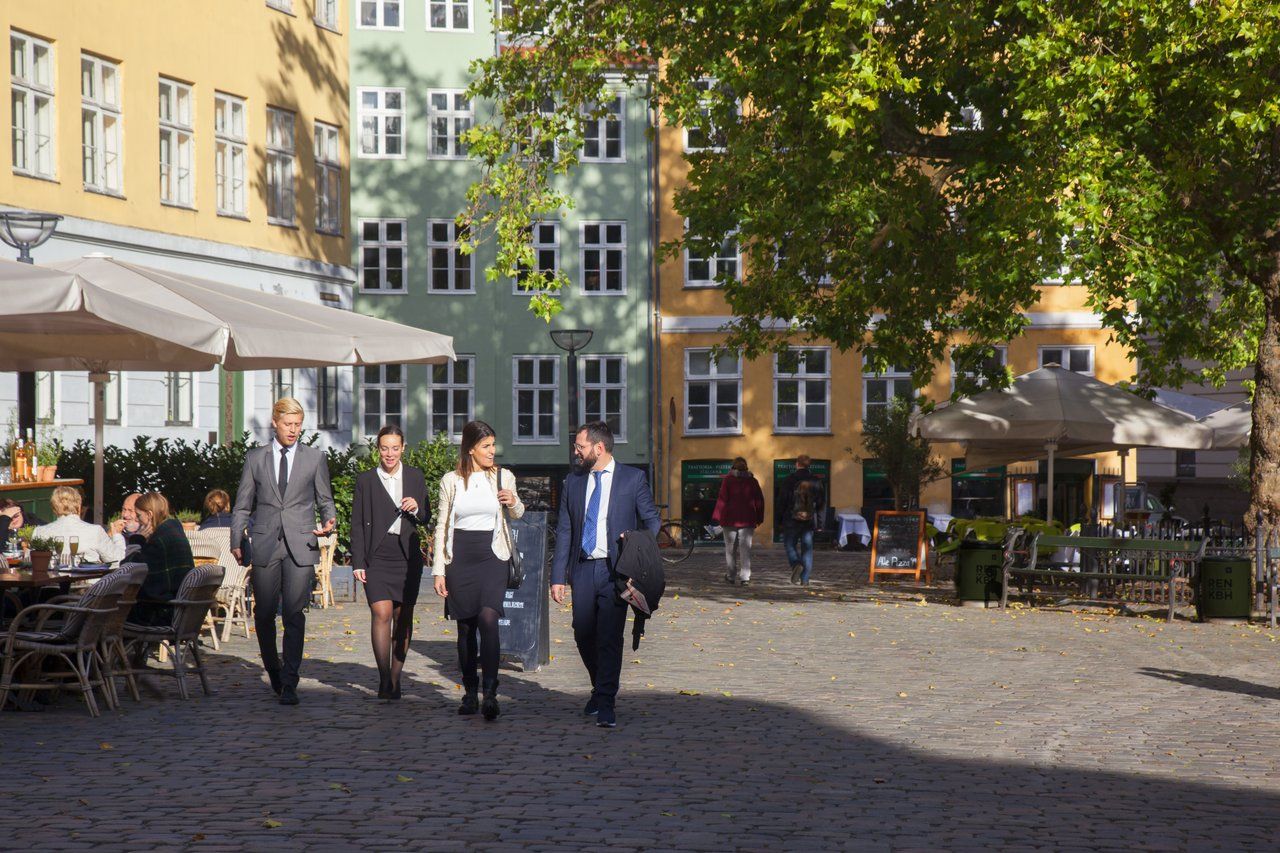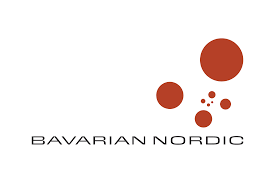The ‘Amager Adder’ – it has a nice ring to it. Not literally, though, as their pattern tends to be zig-zagged; 60-80 cm in length, the males are greyish and the females more reddish-brown.
However, while there have been sightings, no hard evidence has ever been provided that the snakes can be found on the Copenhagen island – until now!
Snuggling in the spring sun
Just recently, two biologist friends stumbled upon an adder in Naturpark Amager close to Granatvej and promptly took a photo.
Jes Aagard, a nature guide at Naturpark Amager, then confirmed this was indeed official proof that Denmark’s only poisonous snake has finally come to the island.
“We have seen photos before, but we have not been sure. This time we are sure,” Aagard told TV2.
“There’s no mistaking the zig-zag patterned back. Other native snakes are black with two yellow spots on the neck. This glorious specimen was snuggling in the spring sun in the company of two other snakes.”
A testament to biodiversity
According to Aagard, the discovery is a thumbs up for the area. “It testifies to a diverse biodiversity,” he explained.
Healthy ecosystems are quick to welcome new species, and the adder’s presence on the island is a clear indication that Naturpark Amager is alive and kicking.
Also known as Vipera Berus, adders are common throughout much of Europe. The largest are found in Scandinavia, where sizes can reach over 90 cm long!
It is not likely there are many of them on the island, as they have likely swum from the mainland.
What is for sure, though, is that “they usually live in dry areas, and given that they are very shy, they make sure to camouflage themselves,” added Aaagard.
Look but do not touch!
If you see a snake that might be an adder, it is important to keep your distance. They are poisonous and can cause injury.
According to the Danmarks Naturfredningsforening nature conservation body, about 200-400 people in Denmark are bitten by the viper every year.
“If an adder bites you, however, it will most often be a scare bite in which the toxins are not activated. But we always recommend that you seek medical attention if this happens,” advised Aagard.














